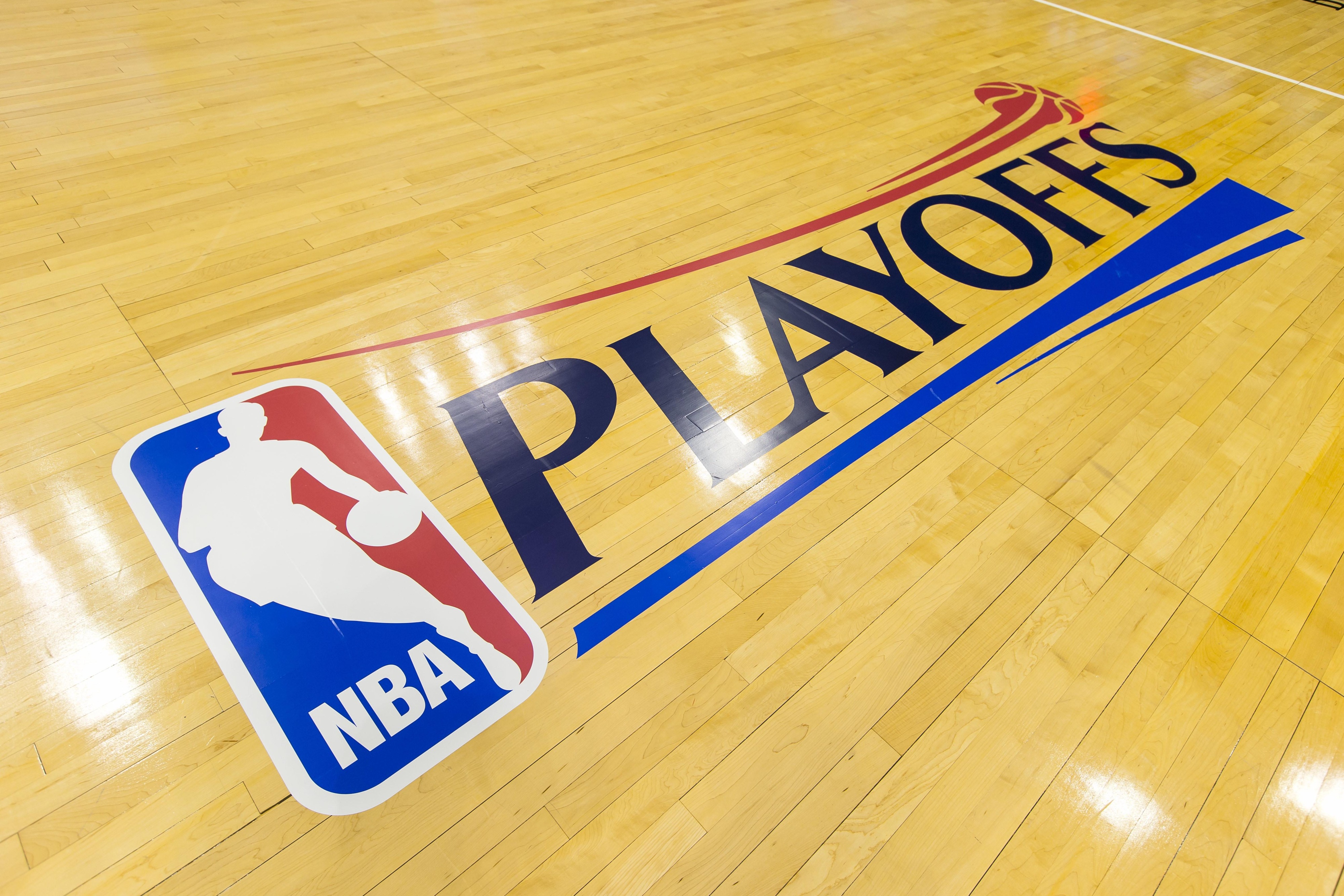The Boston Celtics lost a lot of games this season. That was the tough part of the rebuilding effort. The better part starts now.
The Boston Celtics were 12-14 once. Through roughly one third of the season, they had put together the kind of respectable record that puts teams in playoff contention in the Eastern Conference.
In other words, the Celtics lost 43 of their next 56 games.
This was the third-worst season in franchise history behind only the obvious tank job of 1996-97 and the 2006-07 team that sat Paul Pierce for almost half the season. If you take away that half-decent start to the season, this Celtics team would have threatened M.L. Carr's juggernaut for all-time honors and challenged the Bucks and Sixers for ping pong ball supremacy.
The 2013-14 Celtics were really bad. They finished 25th in points per possession and lacked a basic identity offensively, even when Rajon Rondo returned. Jeff Green was not the answer as a No. 1, not that many people were even suggesting he should play the part. They were outmanned on the boards, lacked outside shooting and one-on-one shot creation.
They were game defensively, but overmatched. For most of the season the Celtics hung around the top half of the league in defensive rankings before coasting home with a below-average unit on that end of the floor. Lacking rim protection, rebounding and much of a defensive presence beyond Avery Bradley, they developed a habit of blowing fourth quarter leads and mastered the art of losing with some semblance of honor.
This was all part of the plan. This was a painful, albeit necessary, step in Danny Ainge's quest to rebuild the franchise. The goal, contrary to popular local sentiment, was not necessarily lottery combinations or draft positioning. It was acquiring flexibility.
If they wind up with a top-three pick: great. That's another asset for Ainge to throw into the pile of proposals he'll go through in the next few months. He's been on record as suggesting the draft is overrated and lacks a clear franchise game-changer at the top.
Maybe he's bluffing or maybe he's tempering expectations, but the likelier outcome is that Ainge will try to replicate his 2007 blueprint when he traded seven players and three first-round draft picks for Ray Allen and Kevin Garnett. Of those seven, four were developed by the Celtics and a fifth -- Sebastian Telfair -- was a recent lottery pick.
Co-owner Wyc Grousbeck, who is not one to hide his competitive instincts, suggested that there will be "fireworks" this offseason. Ainge, who prefers to play coy, only offered that he would look into everything.
Ainge has several of those kinds of trade chips already in place. Thanks to the KG/Pierce trade to the Nets, he has three first rounders coming from Brooklyn (this year's pick plus 2016 and 2018 picks that are unprotected) along with the right to swap picks in 2017. Ainge also has an unprotected 2015 pick from the Clippers on the way and an unknown windfall coming from the Sixers. It's complicated, but if Philly doesn't make the playoffs next year it will be on the hook for a pair of second rounders.
The Celtics have a small collection of homegrown talent that could be enticing to a team looking to unload a veteran star. ("Hey Flip, it's Danny. Wait, don't hang up yet.") The best is Jared Sullinger, who averaged 13 points and 8 rebounds in his first season of extended playing time. Rookie Kelly Olynyk closed strong, averaging 12 and 6 while shooting 45 percent from behind the arc over the final 23 games.
The rest of the roster is split between veterans on decent contracts like Brandon Bass, who put together a solid campaign and has one year left on his contract, and young players like Chris Johnson and Phil Pressey who are on unguaranteed deals. The $5.2 million of unguaranteed money on Keith Bogans' contract may also come into play. All told, Ainge has almost $8 million worth of non-guaranteed deals to work into trade pitches. The only truly onerous deal belongs to Gerald Wallace, who has two years left on his contract.
Thanks to a midseason trade that sent Courtney Lee to Memphis for pending free agent Jerryd Bayless, the Celtics have a little more than $56 million in salary commitments next season, per Sham Sports. That includes a $3.5 million qualifying offer for Bradley, who can be a restricted free agent and will be looking for a raise. That's not a ton of cap space, but every little bit helps and the Celtics successfully stayed under the luxury tax threshold, which opens up more maneuverability.
Then there's Rondo, who is entering the final year of a deal that will pay him a little more than $12 million next season. His return in mid-January from a torn ACL was met with some consternation that he would muck up the whole thing by winning a couple of games by force of will and talent, but that's not what happened. Rondo had his moments, but the Celtics rested him on back-to-backs and he posted middling numbers.
The likelihood is that if Ainge can pull of a blockbuster or two, then Rondo will be part of the long-term plan. If he starts thinking about 2015 and beyond, then dealing Rondo would seem to be an obvious part of the equation. Again, there are options.
That's what this season was all about. Not tanking or ping pong balls or lottery picks. Ainge maneuvered the Celtics from a team with high-priced veterans at the end of their careers and few options into a younger team with a whole bunch of them. The 2013-14 season was the cost of doing business and really, that was the hard part. The fun part starts now.
